There aren’t many plants which you could get this species confused with, especially when it is in full flower. Viminaria juncea is a stand out feature shrub or small tree which is quite common in our bushland but not so often seen in cultivation. Shrub to 5mts tall
The yellow pea flowers located on long, drooping leaf stalks can appear anytime from Winter through to the end of Summer, usually occur from October to February.
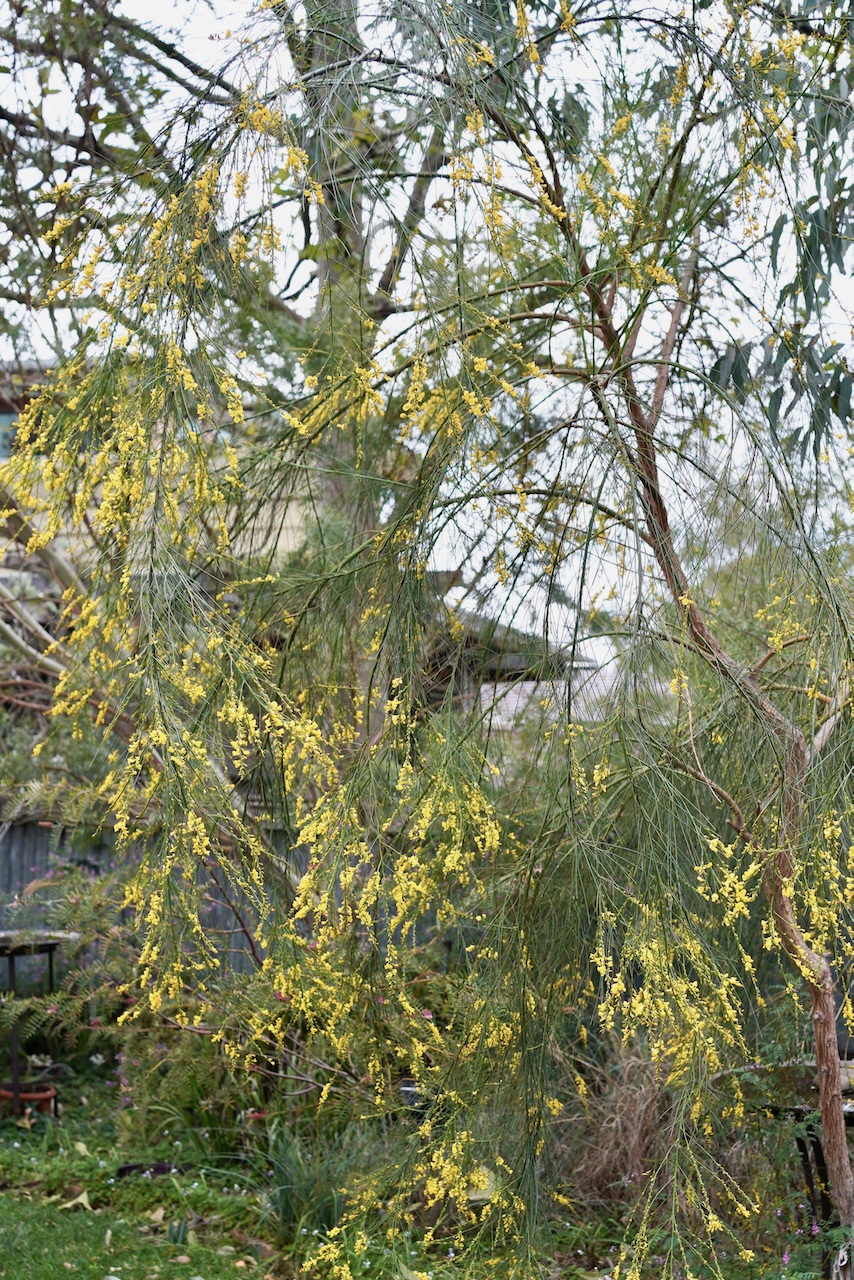
This is a very fast growing species that is an important addition to the native plants which will tolerate our extended LaNina weather here on the east coast of NSW.
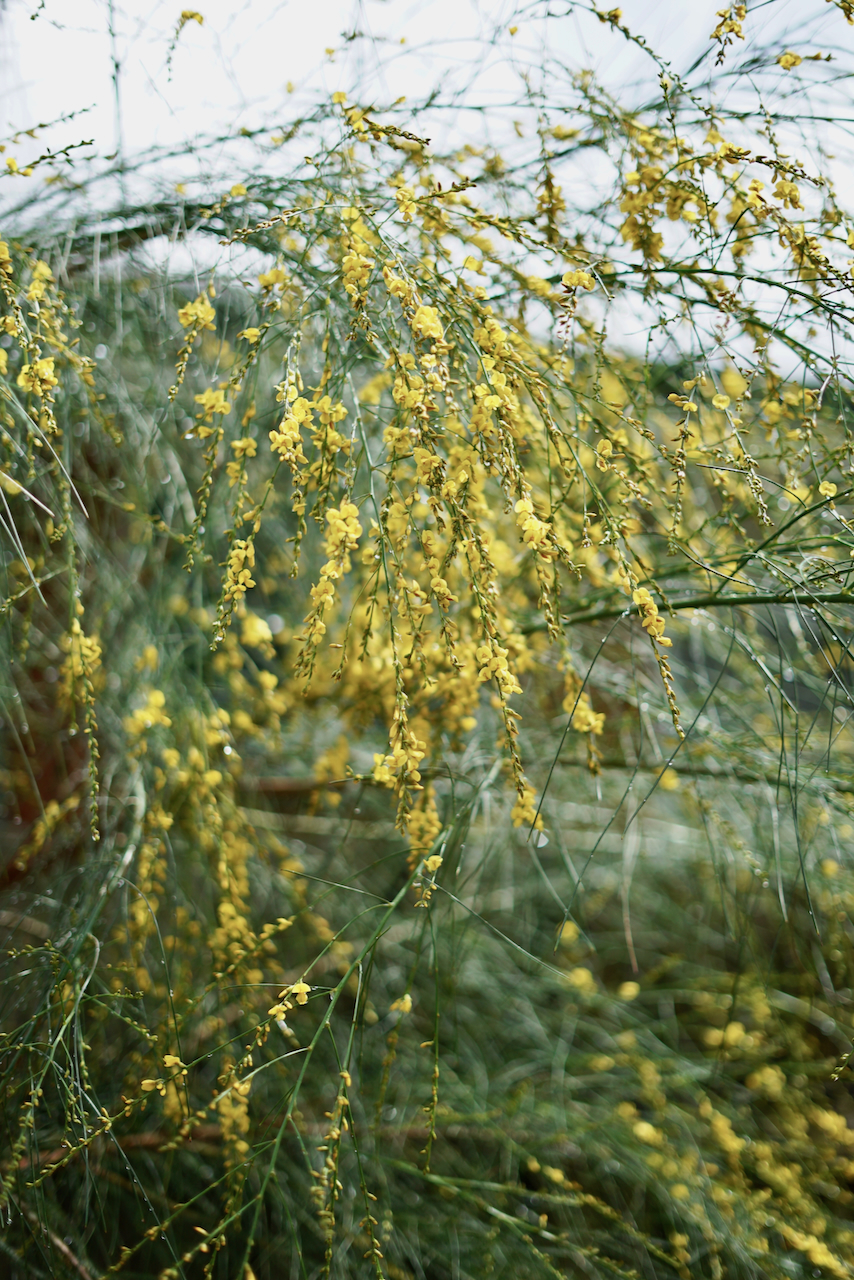
It is a useful species to plant next to swimming pools, where there will be mineral salts in the water, as it can handle splashing and over flow. I largely planted this species for the bees, with its bright yellow pea flowers it is a bee magnet, but the seed pods should also attract seed eating birds after the flowering period is over.
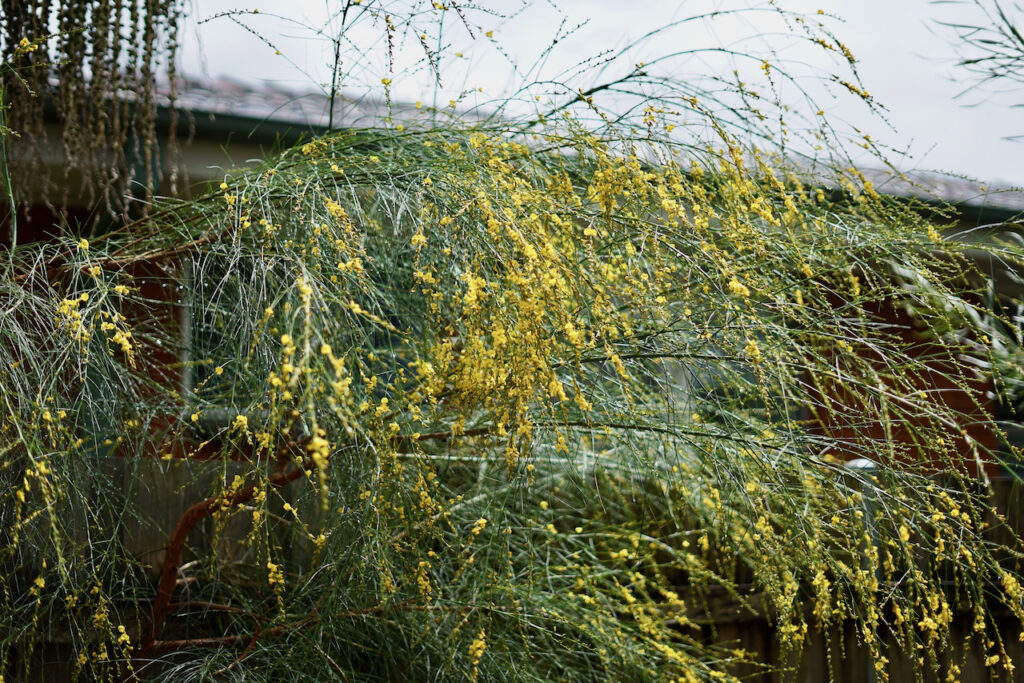
Viminaria juncea also looks great planted in a group as well as a singular specimen. I have used it in my garden as a screening plant with the contrasting upright silver foliage of a grafted Hakea next to it, I will keep it prune don the lower hand and let it spread and hang for the top few metres.
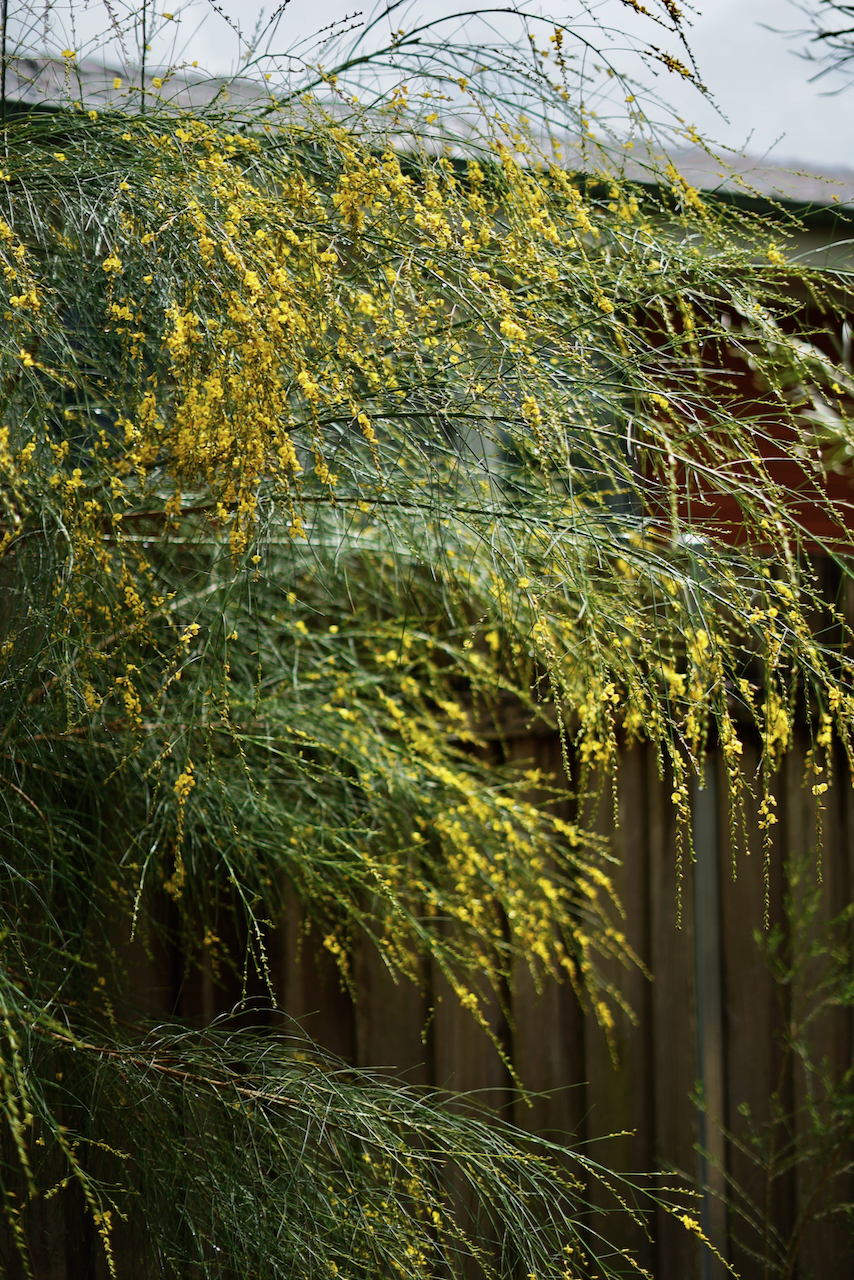
As with many fast growing native species, Viminaria may begin to decline after 6 or 7 years, so make sure you have a backup plan 😉 This species is also moderately frost tolerant as it can be found growing naturally in the Southern states of Australia.
Positioned here with a Mallee bird bath, the birds will safely land in the Viminaria and then have a drink and a splash.
To grow and flower at its best, it prefers an acidic to neutral soil with ample moisture in a sunny or part shaded position. For super fast growth I would recommend extra watering during the drier times.
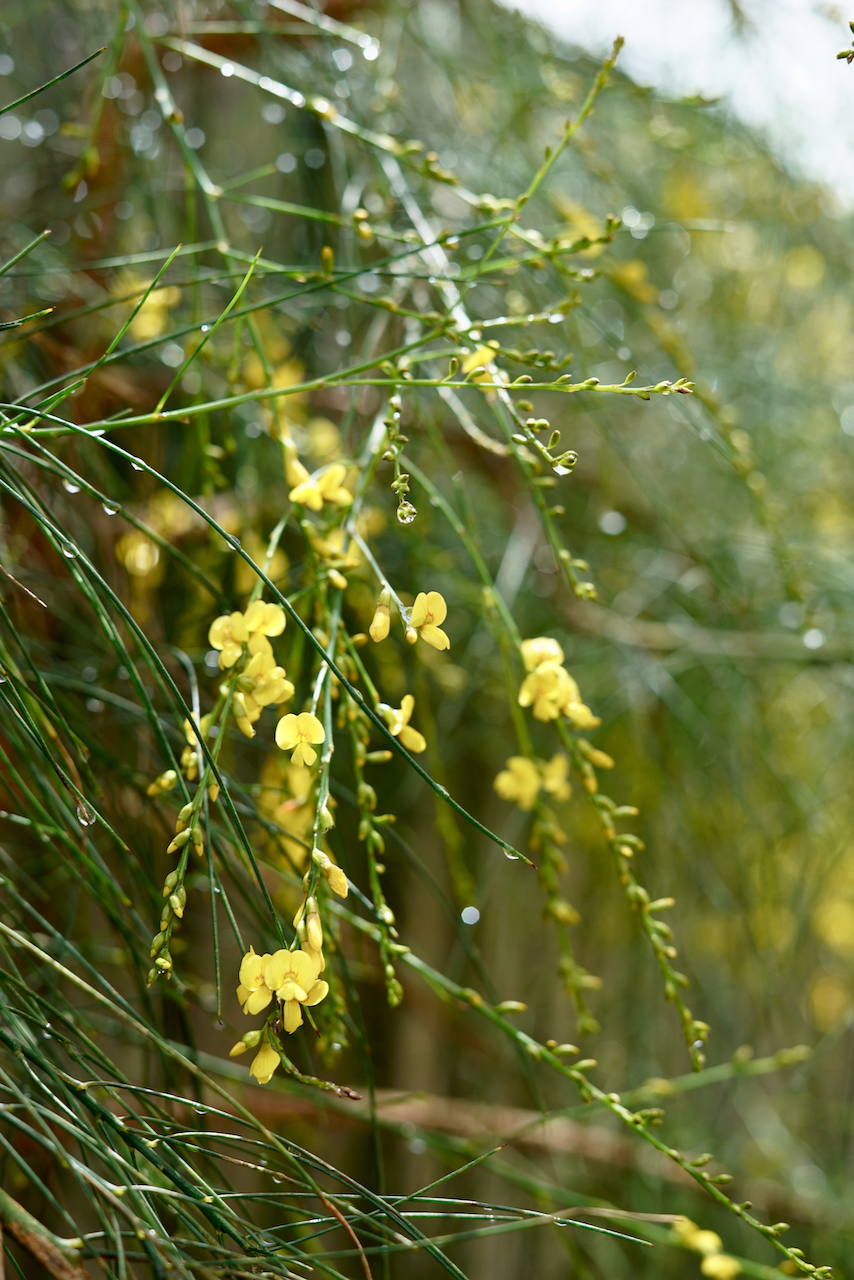
Viminaria juncea is the only species in its Genus in Australia and has a very wide distribution and can be found in coastal areas from Geraldton to Esperance in Western Australia and on the East copast of Australia in Queensland, New South Wales, Victoria and South Australia. This hardy native tolerates both full sun and shaded positions and grows rapidly in most soil types, it will reach between 3-5 metres tall by around 2 metres wide.
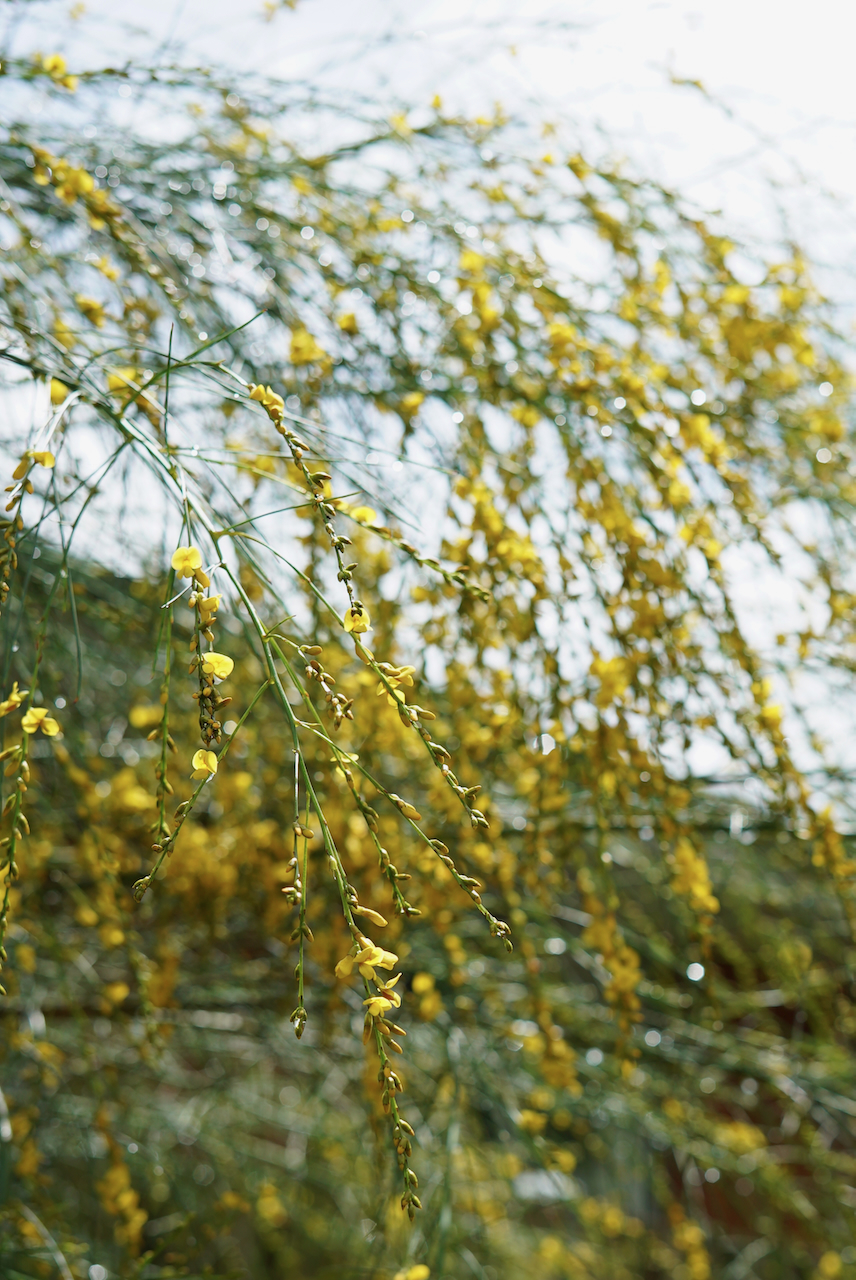
It is typically found in moist-swampy situations on boggy ground but is adaptable to sandy, heavy and clay soils and will tolerate salt and lime.

I also use this species as a small feature tree planted in the foreground, the Casuarina like foliage is quite open and provides a light dappled shade.
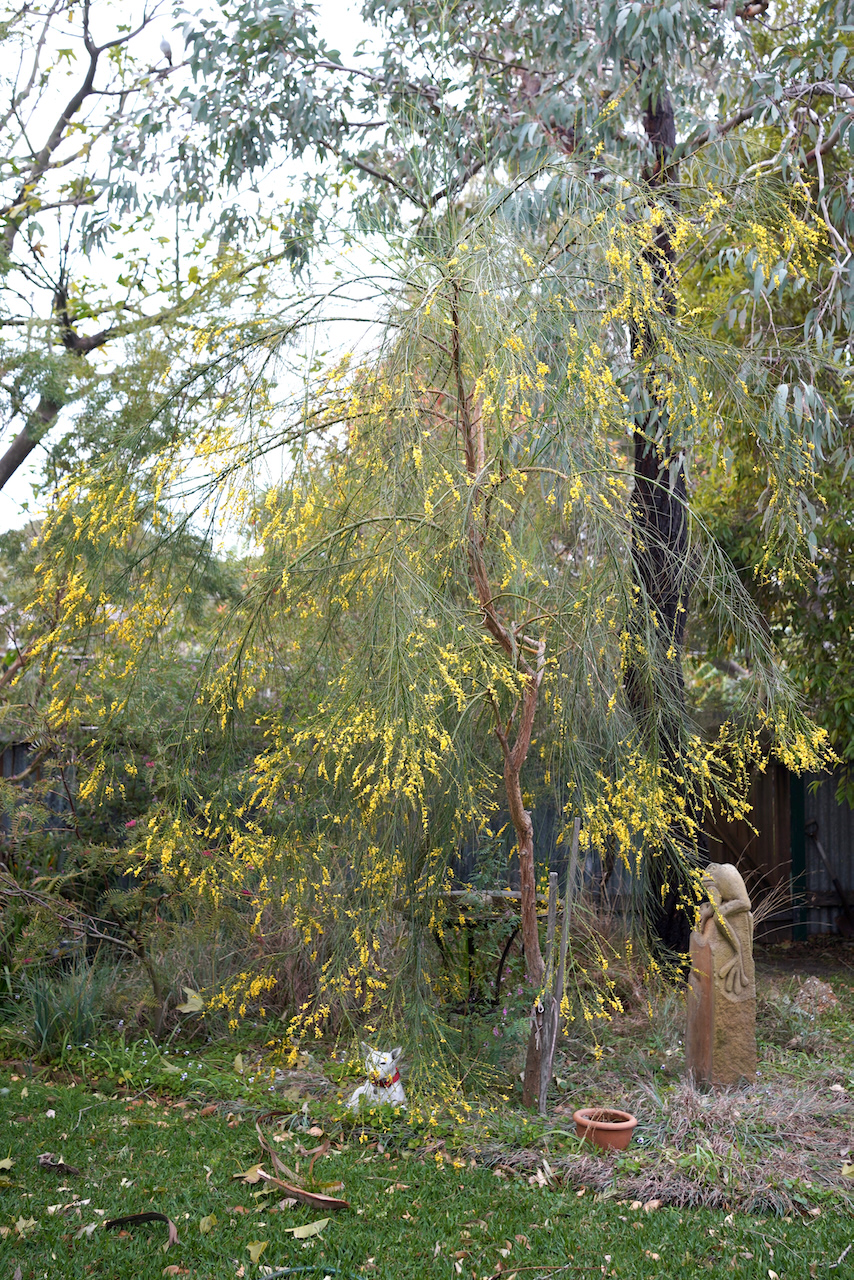
The pendulous habit of this shrub is soft and relaxing as it sways in a breeze.
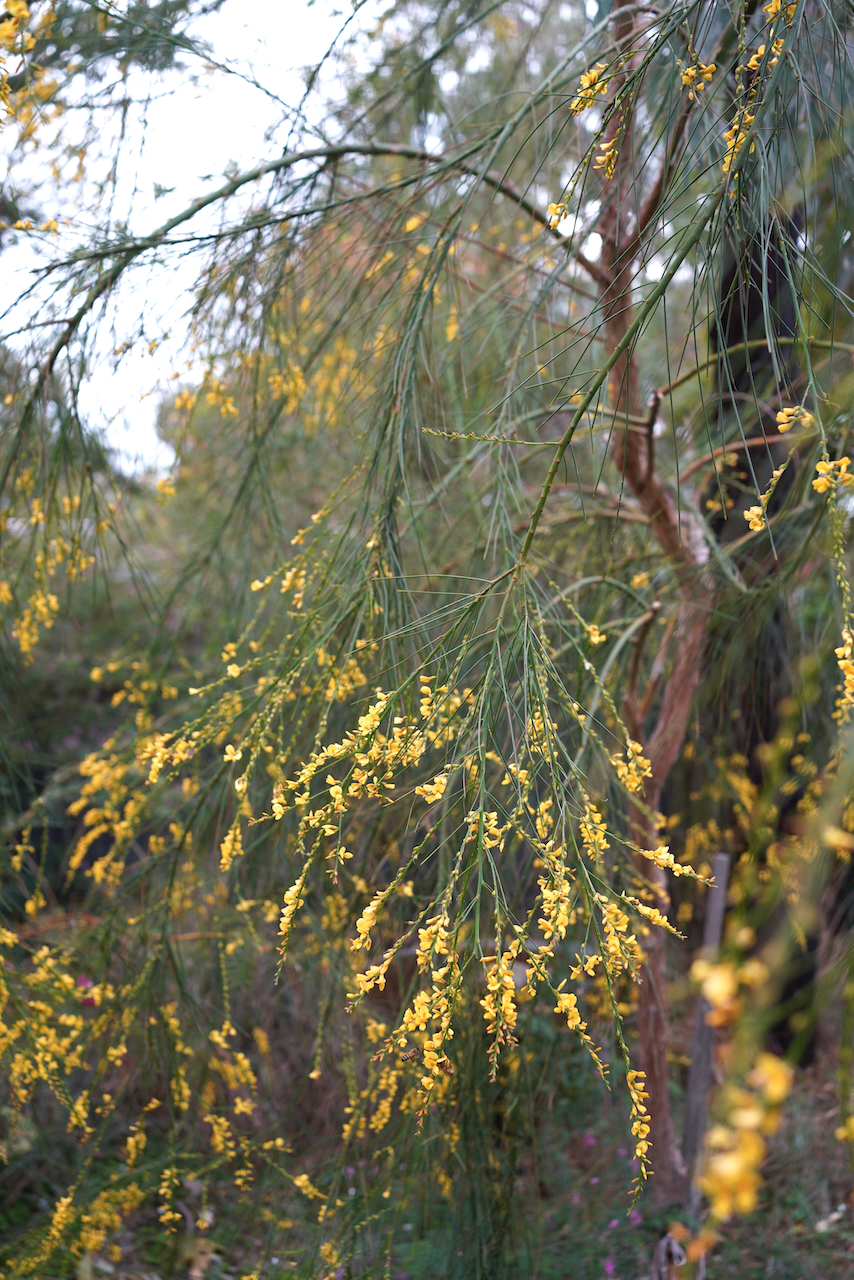
In the image above you can see how loved it is by the bees and pollinators.
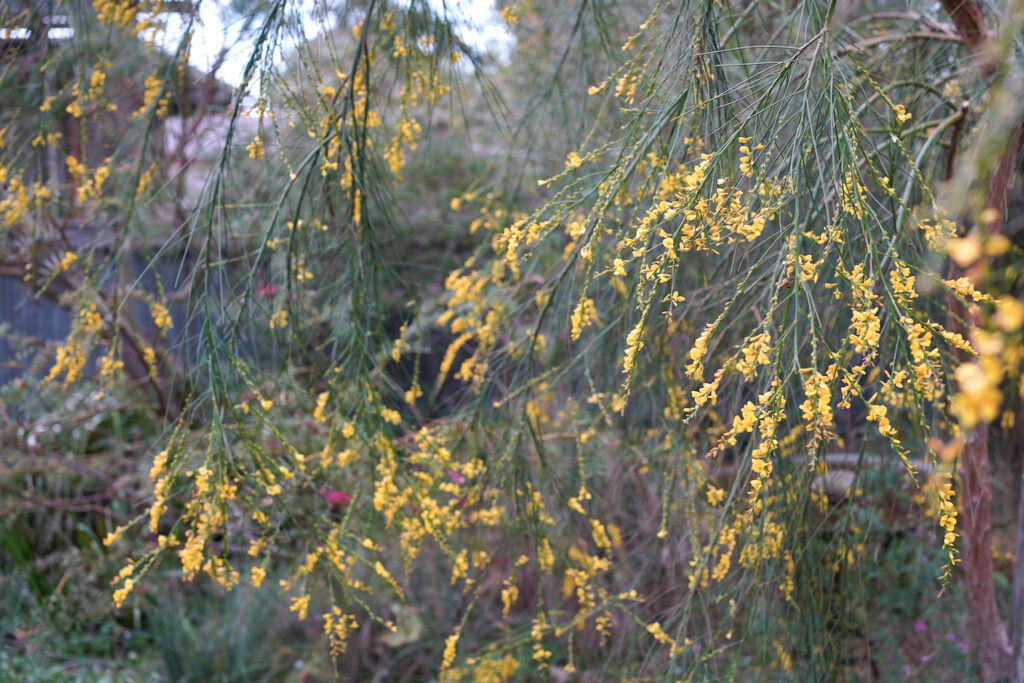
After it has finished flowering sometimes it can look a little ratty, with dry spent branchlets and dead brown tips. You can prune to shape this species as you see fit, or you can just leave it and with a few deep waters it will redeem itself, like all good hardy natives.
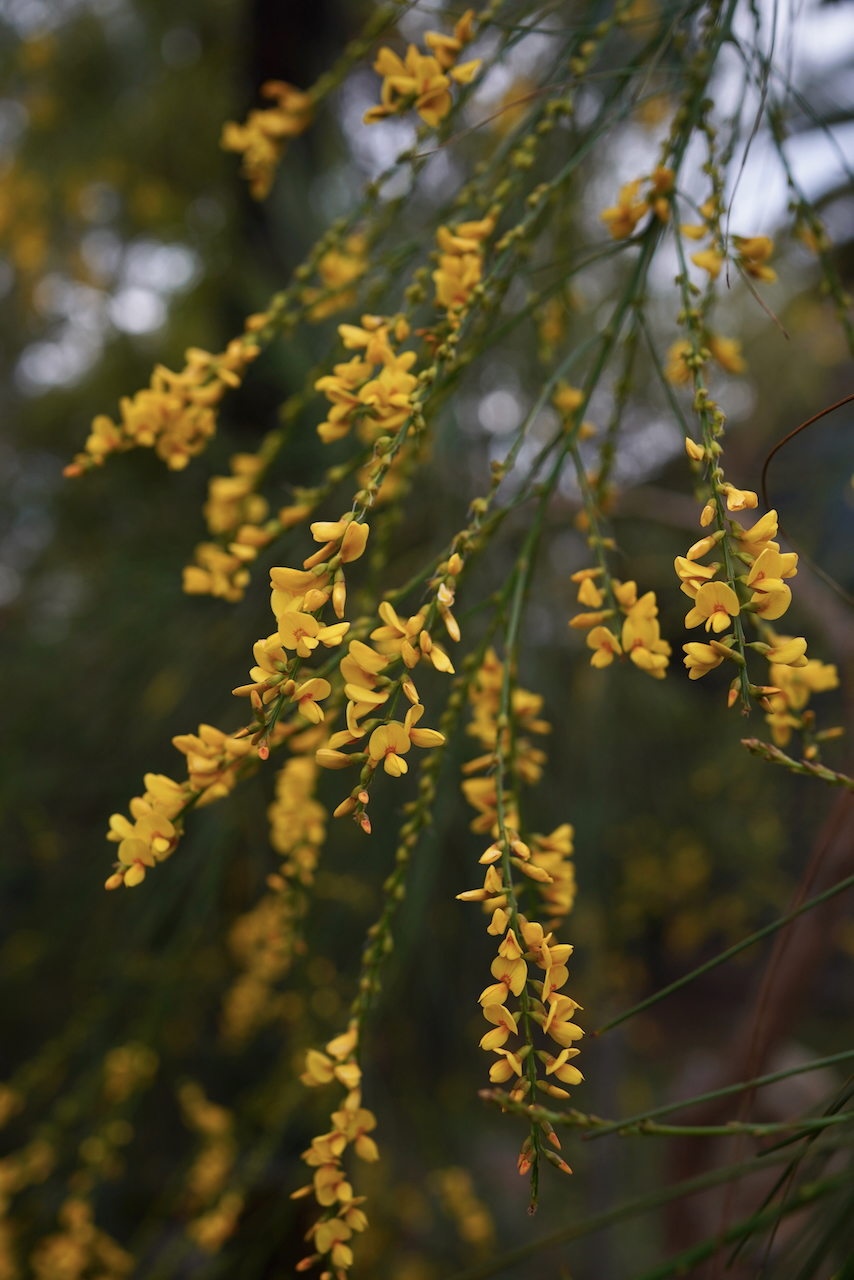


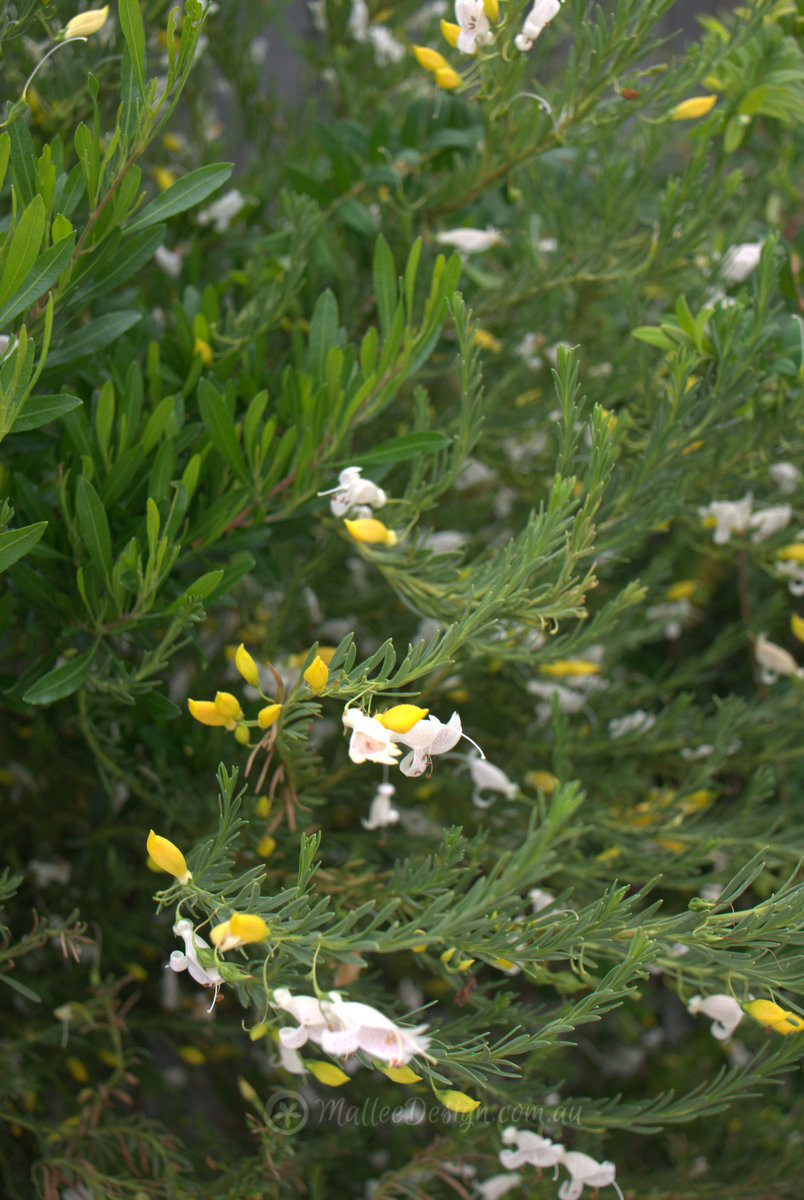
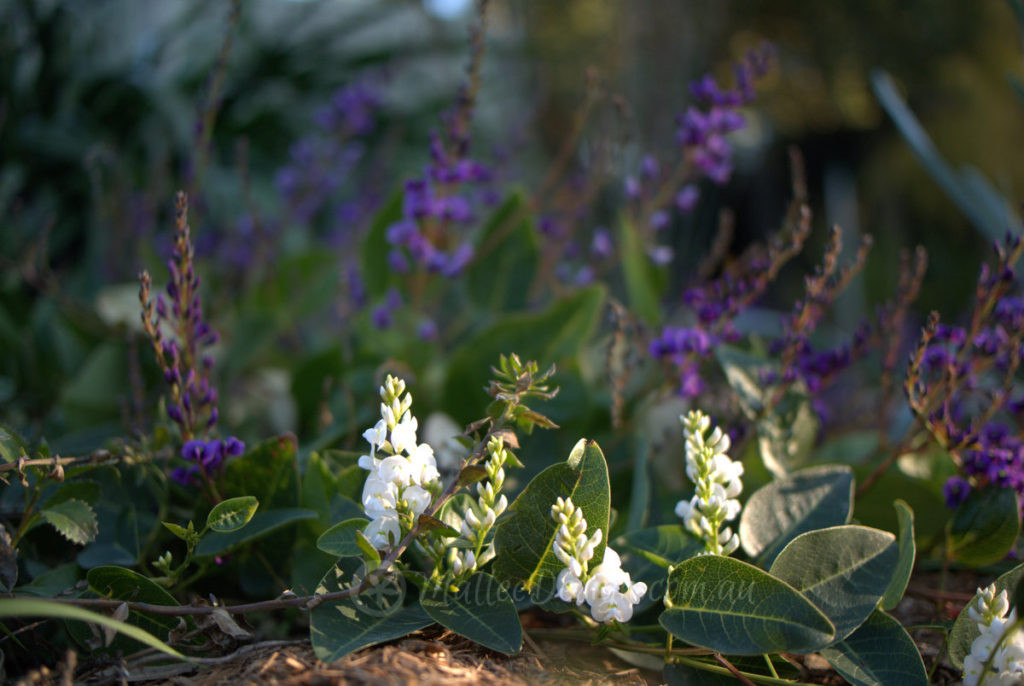
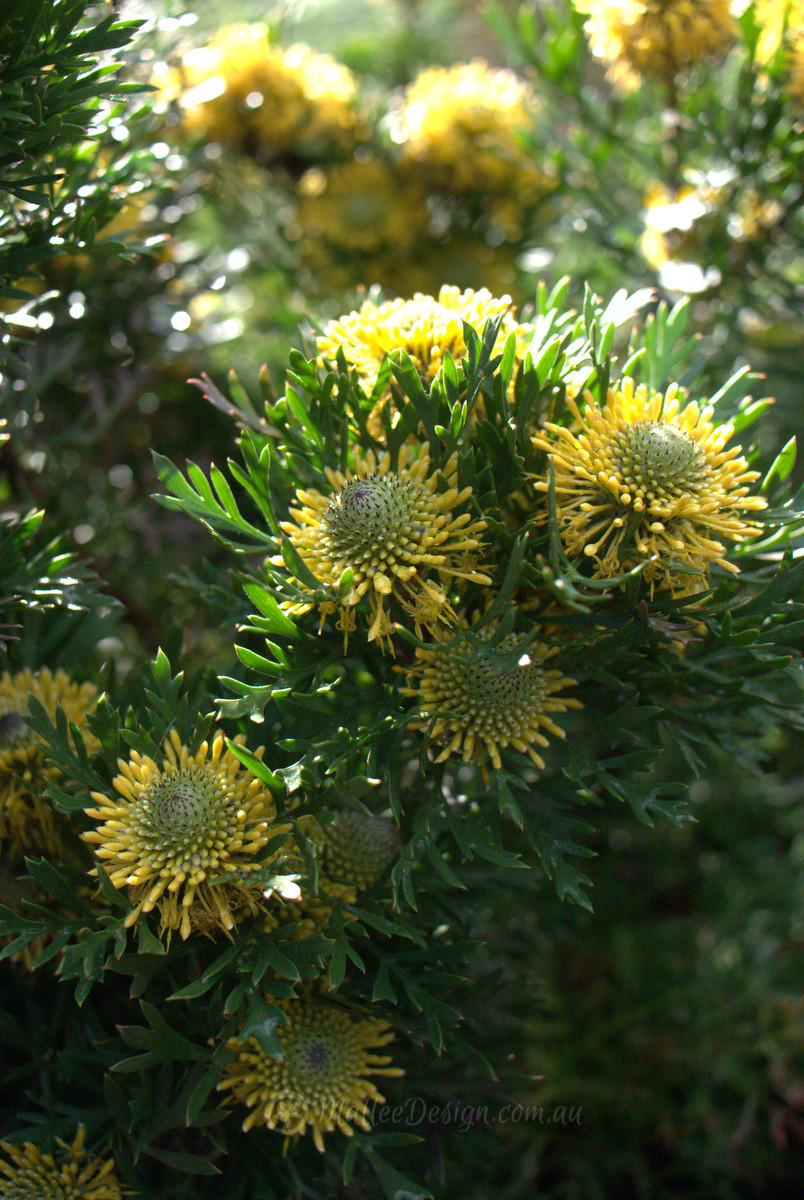
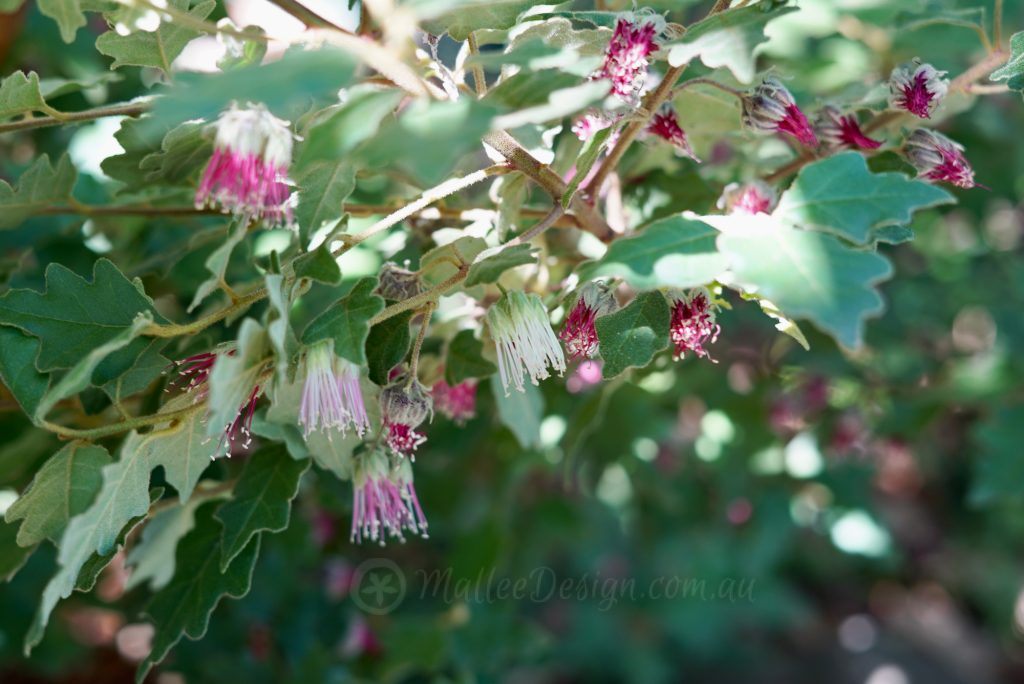
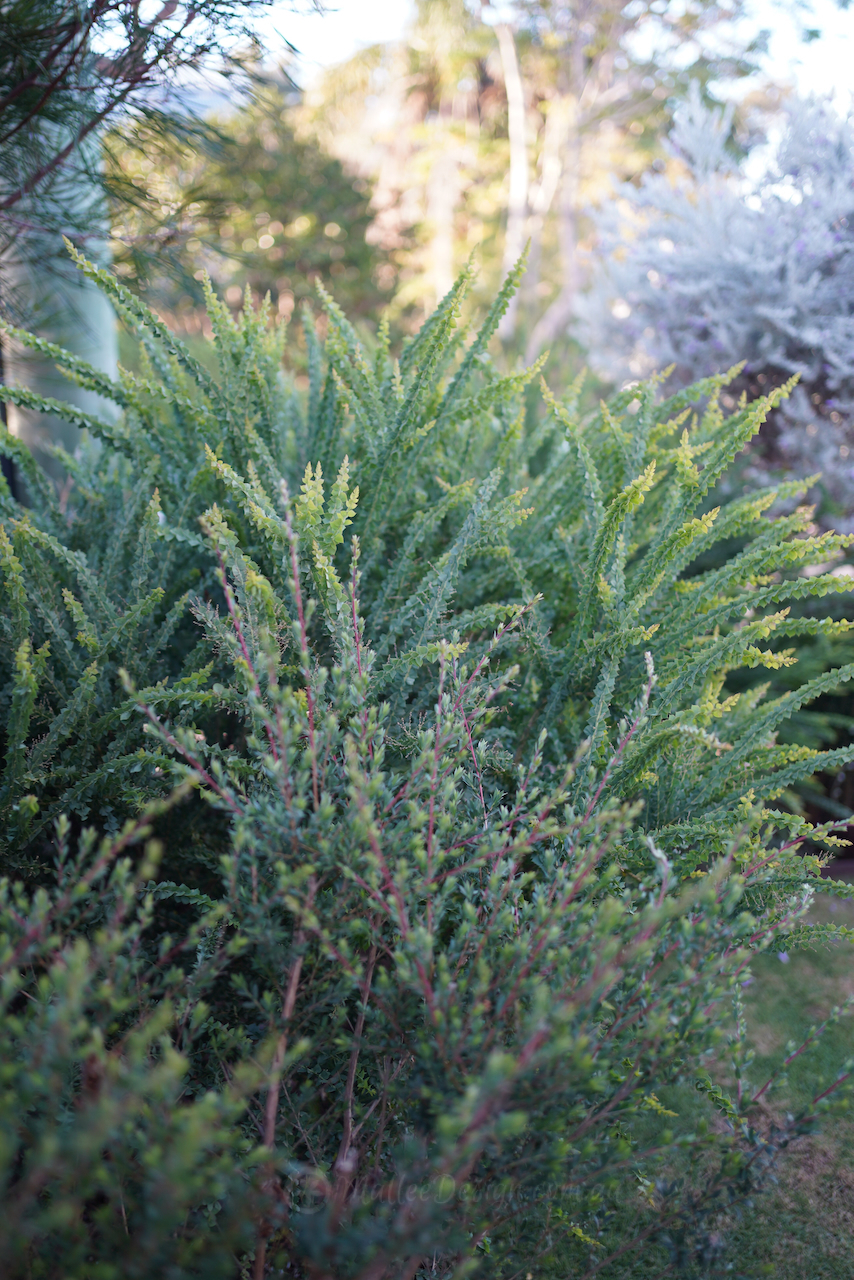
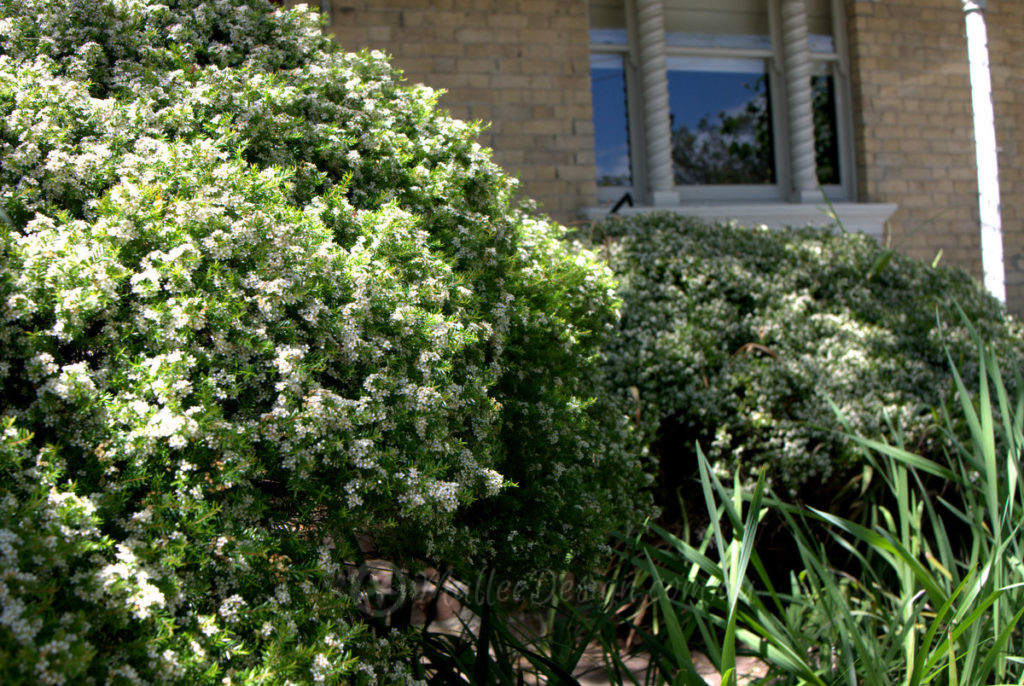
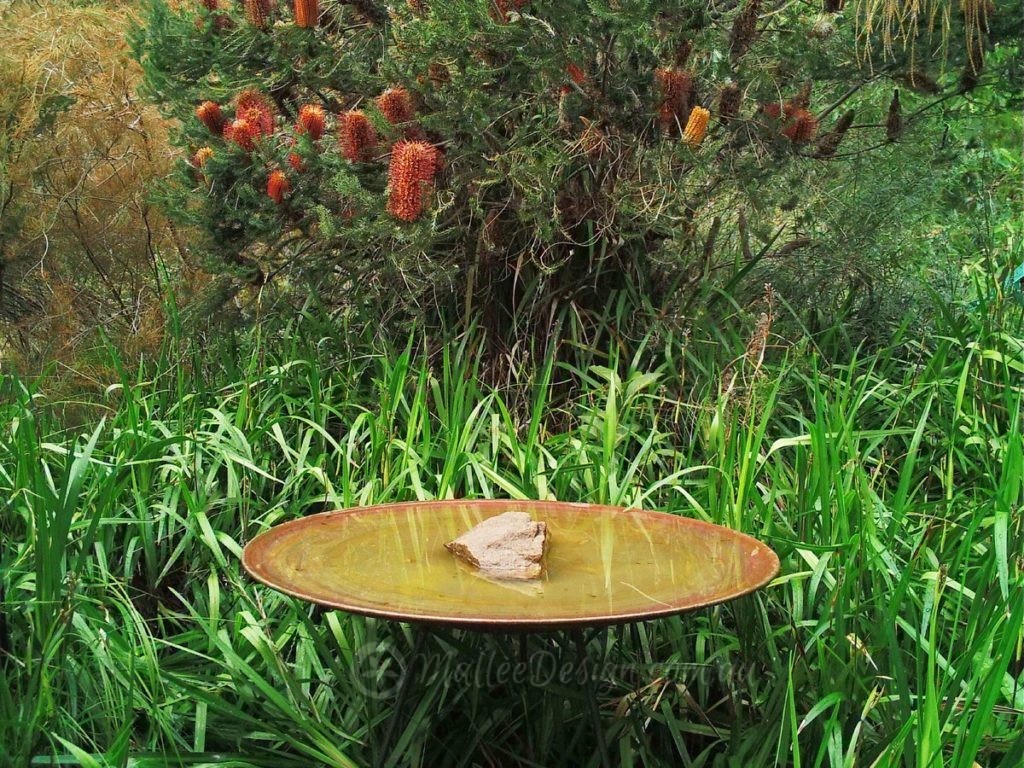
Leave a Reply